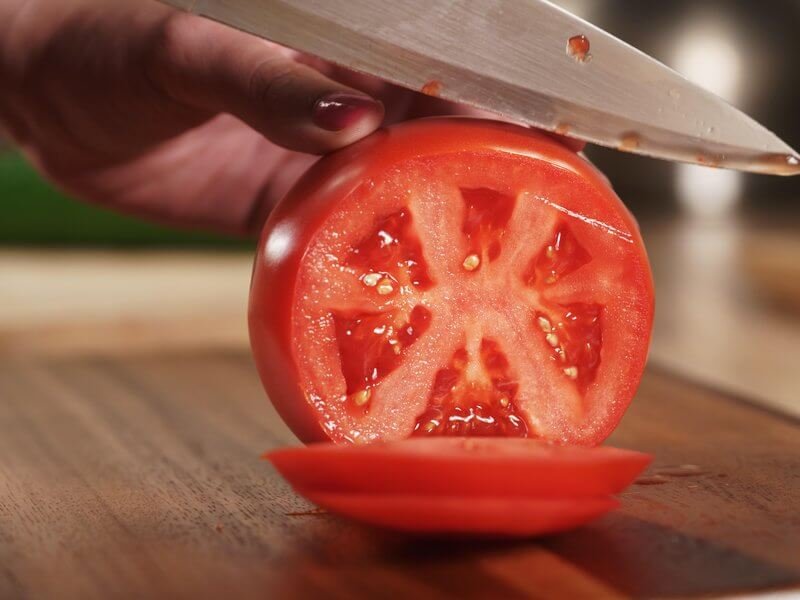Thank goodness for bawdy academic research budgets.
Growers and grocers stopped caring about the insides of the tomato because all we cared about were the outsides. Red, shiny, unblemished? Drop them in the shopping cart.
University of Florida scientists believe they have cracked the genetic code of old-timey tomatoes. The upshot allegedly is a tomato that could be sturdy enough for shipping all the way to your grocer.
Led by horticultural sciences professor Harry Klee who has spent his career studying the genetic makeup of vegetables and fruits, researchers bred and grew and taste-tested hundreds of tomatoes to find the blend that would be strong enough to ship and pretty enough to buy — and meet the flavor requirements of a Rick Bayless.
That’s the problem, you see. Us. Consumers.
What we do care about is progress. And taste buds. Folks, the intervention of science, once again, is expected to improve our BLTs, our gazpacho, our salads. A perfect tomato, coming to you soon. Maybe in three years. We hope less.
Thank you, scientists.
The GLP aggregated and excerpted this blog/article to reflect the diversity of news, opinion, and analysis. Read full, original post: The perfect 10: Scientists discover genetic redemption for the ruined tomato































